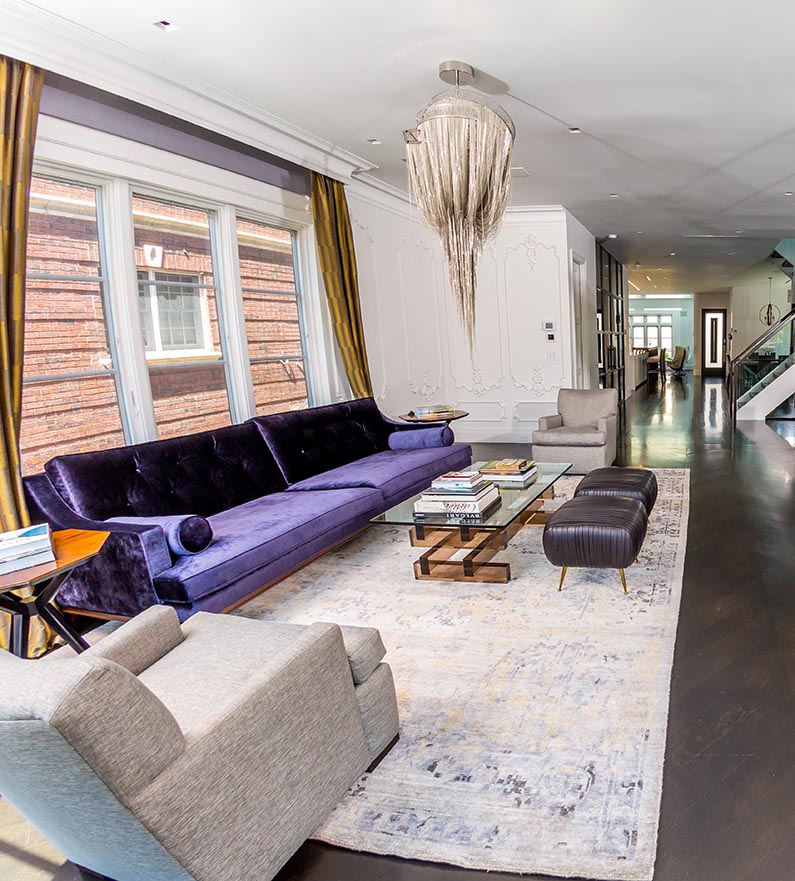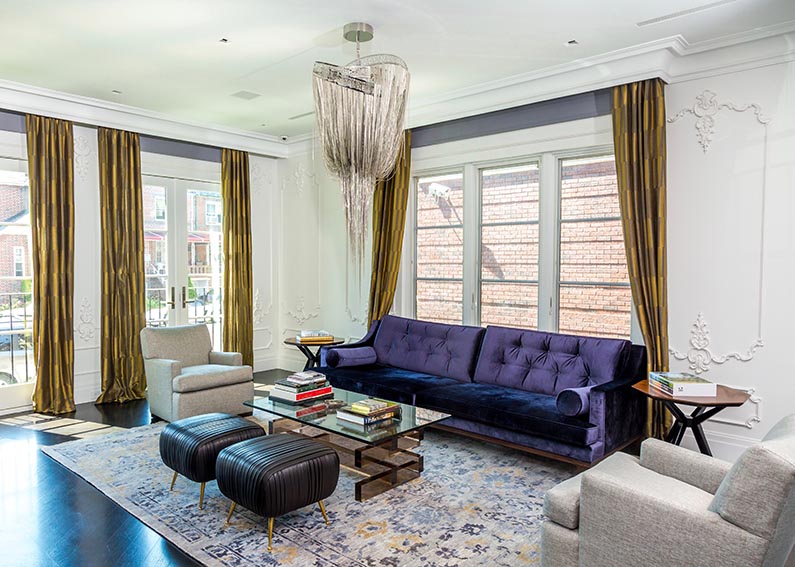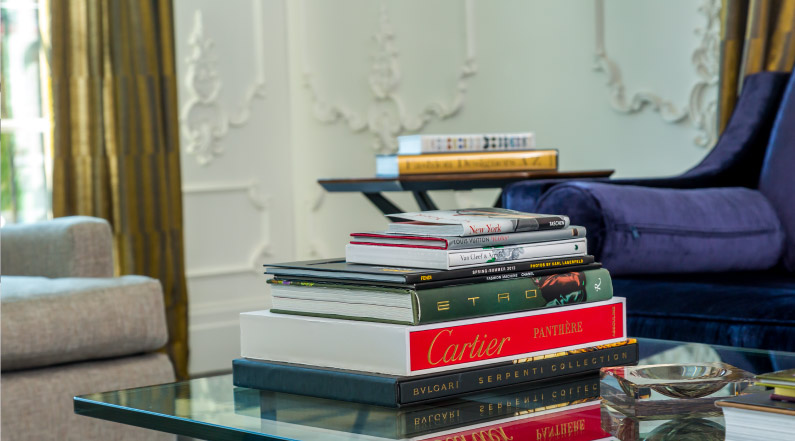One of the most personal aspects to decorating a home will be your choice of color. Though vital to the ultimate feel of a space, choosing a color palette can often be one of the most daunting aspects for clients looking to decorate their home.
Luckily, our team at Devorah Friedman Interiors is here to take the guesswork out of selecting your color scheme and can lead you to a personalized palette that equally fosters a sense of calm and energy in your life.
It all begins at the color wheel. Simply put, the color wheel is comprised of 12 colors and categorizes them according to which colors best compliment one another. Within these 12 colors, they are categorized into primary, secondary and tertiary colors.
The Primary Colors are red, blue, and yellow. What defines these colors is the fact that they cannot be created by mixing any of the other colors.
The Secondary Colors are Orange, Purple, and Green, and are made by mixing the primary colors together.
The Tertiary Colors are the six shades that can be made by combining primary and secondary colors. Often, this involves adding white or black to make one of the primary or secondary colors look more or less vivid.

When designing the space, you will want to employ the 60-30-10 Rule. This rule takes the guesswork out of color balance by designating that 60% of the room will be a dominant color of your choice, 30% of the room will be a complementary shade to your dominant one, and 10% will be a more vibrant color accent. Your 30% complimentary shade can either be a hue located a space or two away from your dominant color, or directly opposite it on the color wheel.

This living room, designed by our team, is a perfect example of a complementary color scheme. In order to allow for the pops of purple and gold in the couch and curtains, we needed to embrace neutrals as the base of our palette. The neutral base creates a peaceful place for your eye to rest so that the color accents can then amp up the space with a sense of chic energy and glamour.
When beginning your color selection process at Devorah Friedman Interiors, simply start at the beginning. Ask yourself if there is a color, or a set of colors that you have always liked. Start with this preferred color and then look at it in a few shades lighter or darker as well.
Another great tip is to give some thought as to whether you prefer ‘warm’ or ‘cool’ colors. Warm colors are usually categorized as the more vibrant reds, oranges, and yellows and tend to bring a sense of liveliness and warmth to a space. In contrast, blues purples, and most greens are what is described as the cool colors. They are used to bring a sense of relaxation and calm to a room. When choosing color temperature for a room, you should also consider its size. Using a warm color in a smaller room could close in the room, leaving it feeling a bit tight and claustrophobic. Conversely, using only cool colors in too large a room could leave things feeling bare, vacant and stark.
At Devorah Friedman Interiors, we look forward to being able to assist you in drawing out your own internal color palette and then using that reflection of your personal energy to create a home which energizes, harmonizes and brings balance to your life.

